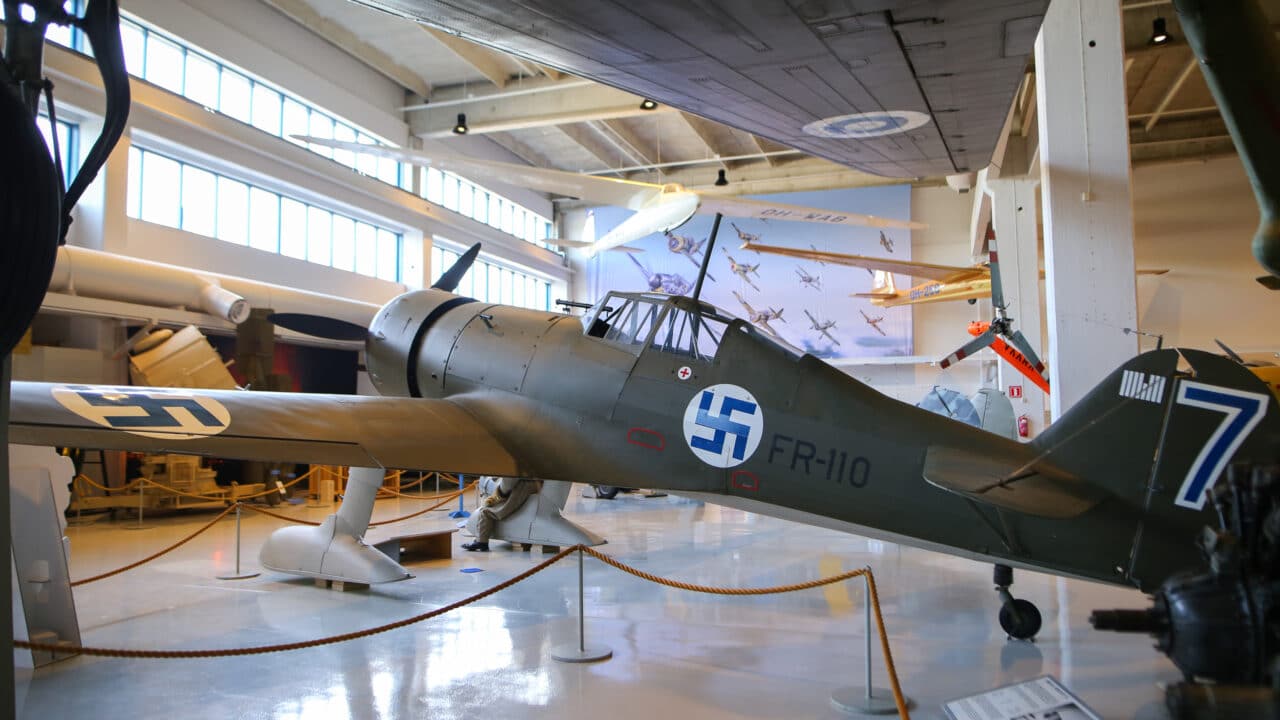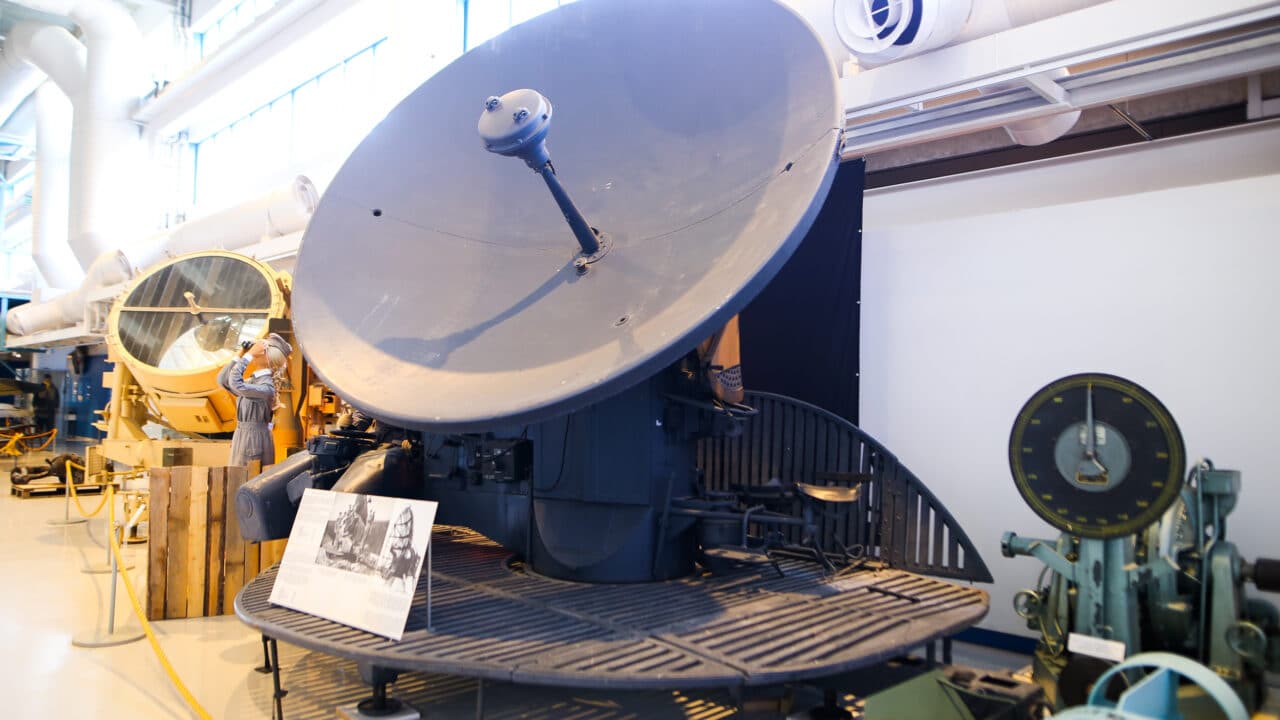Searchlights enabled aerial shooting with optical aiming equipment in the dark. They were used to search for aircraft based on directions obtained from acoustic location devices or radar. After the target was found, tracking searchlights continued to follow it . The mirrors of the tracking searchlights were smaller, 90-110 cm in diameter. Searchlights continued to sweep the sky for new approaching enemy aircraft.
The use of searchlights was usually enough in itself to fail a bomber mission, as blinding light prevented the pilot and observer from seeing the target. In addition, the risk of becoming shot down by anti-aircraft fire and night fighters increased significantly. The deterrent effect was therefore considerable. An enemy plane caught in the beam of a searchlight usually turned back, dropping its bombs immediately.
Luminous power: 1,000,000 cd (1 candela = single candle lighting power)
Focal length: 640 mm
Beam width: 20 metres at 1,000 metres
Illumination height: 10 km
Link copied!
Additional info
Location
Main exhibition



